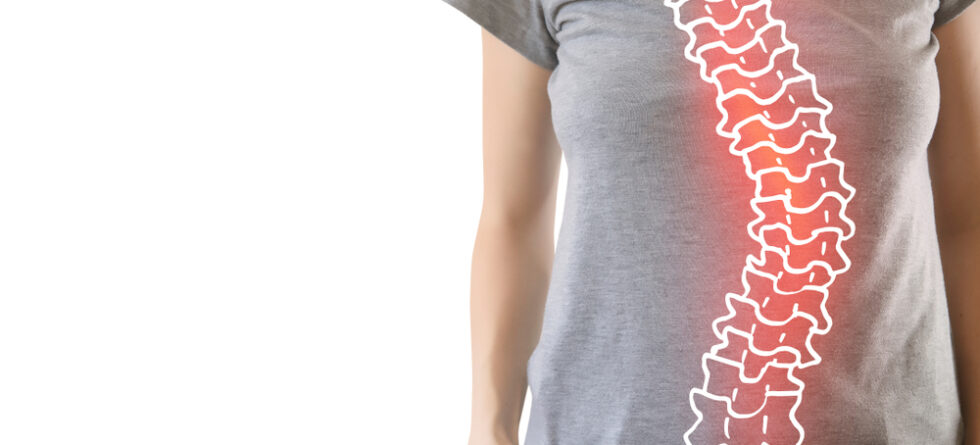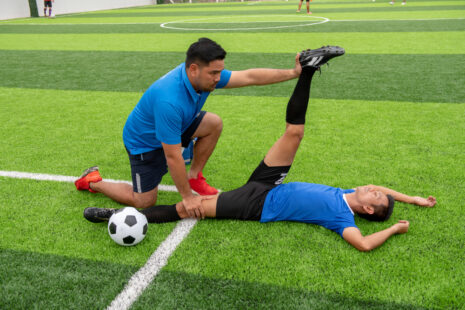Scoliosis can develop in various ways, and it is not solely a condition that one is born with.
There are different types and causes of scoliosis…
- Idiopathic Scoliosis – This is the most common type of scoliosis and typically develops during adolescence, between the ages of 10 and 18. The exact cause of idiopathic scoliosis is unknown, but it is believed to involve a combination of genetic, environmental, and neuromuscular factors. Idiopathic scoliosis can progress during periods of rapid growth, such as puberty.
- Congenital Scoliosis – Congenital scoliosis is present at birth and results from abnormal spinal development in utero. It occurs when the vertebrae fail to form properly during fetal development. Congenital scoliosis can vary in severity depending on the extent of vertebral malformation and may require surgical intervention in some cases.
- Neuromuscular Scoliosis – Neuromuscular scoliosis is associated with underlying neuromuscular conditions such as cerebral palsy, muscular dystrophy, spinal muscular atrophy, or spinal cord injury. Neuromuscular abnormalities can lead to muscle imbalance and asymmetrical spinal growth, resulting in scoliosis.
- Degenerative Scoliosis – Degenerative scoliosis typically develops later in life, usually after the age of 50, as a result of age-related changes in the spine such as degenerative disc disease, osteoarthritis, and spinal stenosis. These degenerative changes can lead to spinal curvature and asymmetry.
- Traumatic Scoliosis – Traumatic scoliosis can occur as a result of spinal injuries or trauma to the vertebrae. Fractures, dislocations, or other injuries to the spine can disrupt spinal alignment and lead to the development of scoliosis over time.
While some forms of scoliosis, such as congenital scoliosis, are present at birth due to abnormal spinal development, others can develop later in life due to a variety of factors such as genetics, growth patterns, neuromuscular conditions, degenerative changes, or trauma. It’s essential to diagnose scoliosis early and monitor its progression, as early intervention can help manage symptoms and prevent complications, regardless of the underlying cause.




